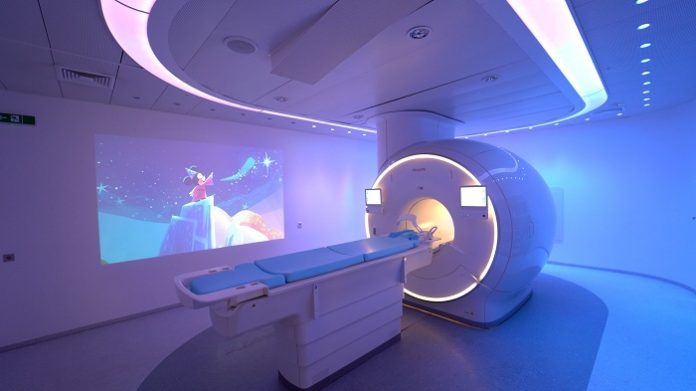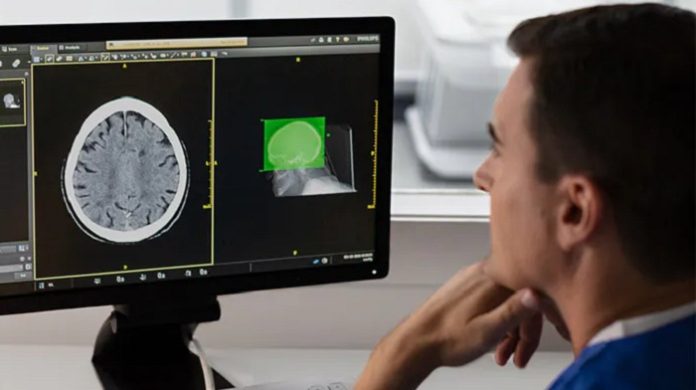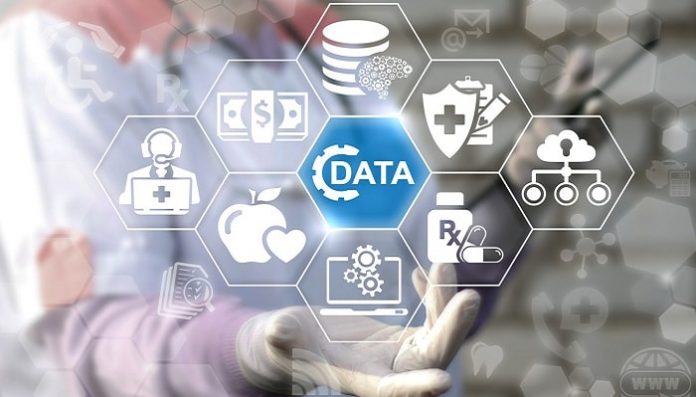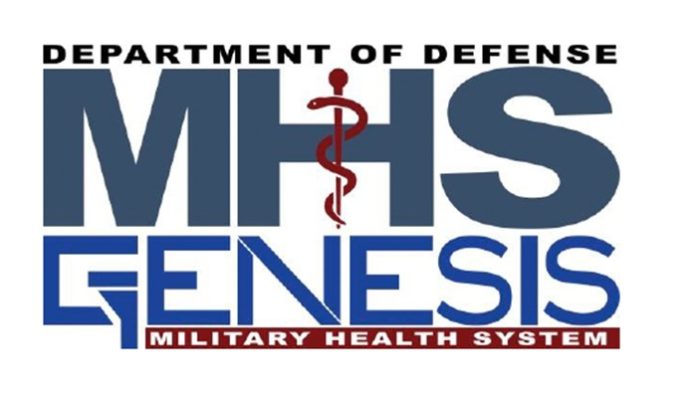Medtronic plc, the global leader in medical technology, announced the first procedures in the investigational device exemption (IDE) pivotal trial to evaluate the PulseSelect™ Pulsed Field Ablation (PFA) System, a novel, breakthrough technology that uses pulsed electric fields to treat atrial fibrillation (AF). The first procedure in the PULSED AF pivotal trial was performed this week at Southcoast Health by Nitesh Sood, M.D., Fall River, Massachusetts; the second procedure was performed by Arnoldas Giedrimas, M.D., also at Southcoast Health. The PULSED AF Trial is the first global, pre-market, multi-center clinical study with IDE approval aimed to establish the safety and efficacy of the PulseSelect System.
Developed exclusively at Medtronic, the PulseSelect System delivers pulsed electric fields through an ablation catheter designed specifically to interrupt irregular electrical pathways in the heart that trigger atrial fibrillation. However, unlike traditional methods of ablation that heat (radio frequency ablation) or cool (cryoablation) the atrial tissue, the PulseSelect System uses a non-thermal approach and preferentially targets heart tissue with the goal of avoiding unwanted injury to surrounding structures, a risk of current ablation technologies.
“Based on the results we’ve experienced with the pilot trial, we are entering a new era for AF ablation techniques with this novel energy source,” said Atul Verma, M.D., electrophysiologist and head of arrhythmia services at Southlake Regional Health Centre in Newmarket, Canada and the principal investigator (PI) for the PULSED AF study. “We are excited to begin the pivotal stage of the PULSED AF study and generate a larger body of clinical evidence to support the safety and benefits of pulsed field ablation.”
Atrial fibrillation is one of the most common and undertreated heart rhythm disorders, affecting more than 37 million people worldwide.1 The disease involves an irregular quivering or rapid heart rhythm in the upper chambers of the heart. A heart in AF beats significantly faster than one in normal rhythm. AF is a progressive disease that gets worse over time and can increase the risk for stroke and related heart problems.2
The PULSED AF trial is a prospective, non-randomized, multi-center clinical trial that will enroll up to 500 patients who will be treated with the PulseSelect System across as many as 50 sites in the U.S., Canada, Europe, and Australia. PULSED AF is designed to evaluate the safety and efficacy of the PulseSelect System for the treatment of AF in adult patients with a history of drug refractory, recurrent and symptomatic paroxysmal or persistent AF. Patients will be assessed at six and 12 months.
“For years, Medtronic has been an active leader in the investigation of the safety and efficacy of pulsed field ablation,” said Rob Kowal, M.D., Ph.D., chief medical officer of Cardiac Ablation Solutions, which is reported as part of the Cardiac and Vascular Group at Medtronic. “Developed internally at Medtronic, the PulseSelect System has the potential to create a paradigm shift in how cardiac ablations are performed for patients suffering from atrial fibrillation.”
Pre-clinical research on the PulseSelect technology has included extensive work to understand the physiology and mechanism of action for this novel energy source, resulting in its designation in 2018 as a Breakthrough Device from the U.S. Food and Drug Administration (FDA) for the treatment of drug refractory recurrent symptomatic atrial fibrillation. PulseSelect was designated with Innovative Device Status, also known as Green Channel, in November 2020 by the Center for Medical Device Evaluation (CMDE), the arm of the National Medical Products Administration (NMPA) that sets medical device regulations for China.
Results of the PULSED AF pilot study were presented in a late-breaking session at Heart Rhythm Society 2020 Science and additional evidence was shared at the AF Symposium in January 2021, demonstrating 100 percent acute efficacy and no device or procedural-related events in the pilot cohort of patients. Worldwide, the PulseSelect system is investigational and not approved for sale or distribution.
In collaboration with leading clinicians, researchers and scientists worldwide, Medtronic offers the broadest range of innovative medical technology for the interventional and surgical treatment of cardiovascular disease and cardiac arrhythmias. The company strives to offer products and services of the highest quality that deliver clinical and economic value to healthcare consumers and providers around the world.
About Medtronic
Medtronic plc, headquartered in Dublin, Ireland, is among the world’s largest medical technology, services and solutions companies – alleviating pain, restoring health and extending life for millions of people around the world. Medtronic employs more than 90,000 people worldwide, serving physicians, hospitals and patients in more than 150 countries. The company is focused on collaborating with stakeholders around the world to take healthcare Further, Together.
Any forward-looking statements are subject to risks and uncertainties such as those described in Medtronic’s periodic reports on file with the Securities and Exchange Commission. Actual results may differ materially from anticipated results.


























